History Of The Chevy C10 That Everyone Should Know

If you love old Chevy and GMC trucks it might be because you have memories from when you were a kid riding in one of those early models. Or you might just love the classic lines and the way they look.
Chevy C10s were built by General Motors in four different generations spanning forty-two years. This is a list of the four GM C10 generations and the years they were built:
- 1st generation 1960 to 1966
- 2nd generation 1967 to 1972
- 3rd generation 1973 to 1987
- 4th generation 1988 to 2002 (C10 changed to Chevrolet C/K 1500)
There is a lot of interesting history about the C10 model truck for those who are rebuilding one and for those who just like them. Follow along as we go into the details of this old classic.
What Is A Chevy C10?
The C series is a line of GM 2-wheel drive trucks, while the K series is a line of GM 4-wheel drive trucks. Beginning in 1960, trucks of this generation were named as 10, 20, and 30 series to represent the 1/2, 3/4, and 1-ton versions of GM’s light truck line.
This series of trucks were marketed under the Chevrolet and GMC brands. The C series included a wide range of vehicles. While most commonly associated with pickup trucks, the model line also included medium-duty and heavy trucks.
Introduced for the 1960 model year, the C/K series was marketed by Chevrolet until 2002 in the United States (GMC marketed the series from 1960 to 1987). In South America, the C/K was marketed by Chevrolet from 1964 to 2001 in Brazil and from 1975 to 1982 in Chile.
1st Generation 1960 to 1966
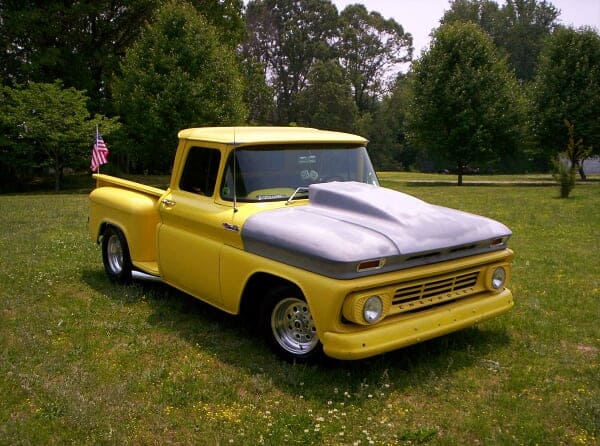
“… it rides more like a car” – GM advertising
Before the C10, Chevy trucks were mostly sold to be utilitarian– used to move cattle, furniture, pull trailers, and haul crates of goods.
For General Motors Corporation, 1960 brought out a whole new model and design of truck that had many new features. These included a drop down-center ladder frame which let the cab sit lower. They also introduced independent front suspension which gave their trucks a more car like ride.
The early advertising shows that the C10 was still advertised to farmers, ranchers, oil field workers and the like, but after a few years ads showing pickups capable of carrying campers, and families out in the mountains started to show up.

This year also introduced a new designation system for their truck line with the 3100, 3200, and 3600 designations for short 1/2, long 1/2, and 3/4 ton models being replaced by 10, 20, or 30, so the 3100 became the new C10.
Beginning in 1957 General Motors made factory 4-wheel drives you could purchase. With the new class scheme the 2-wheel rear drive would have the C (conventional) designation, while the 4-wheel drive would have the K designation.
For the year 1960 C/K trucks were available in Stepside or Fleetside or the “smooth” sided version. The same beds in the GMC brand were named wide-side and fender-side.
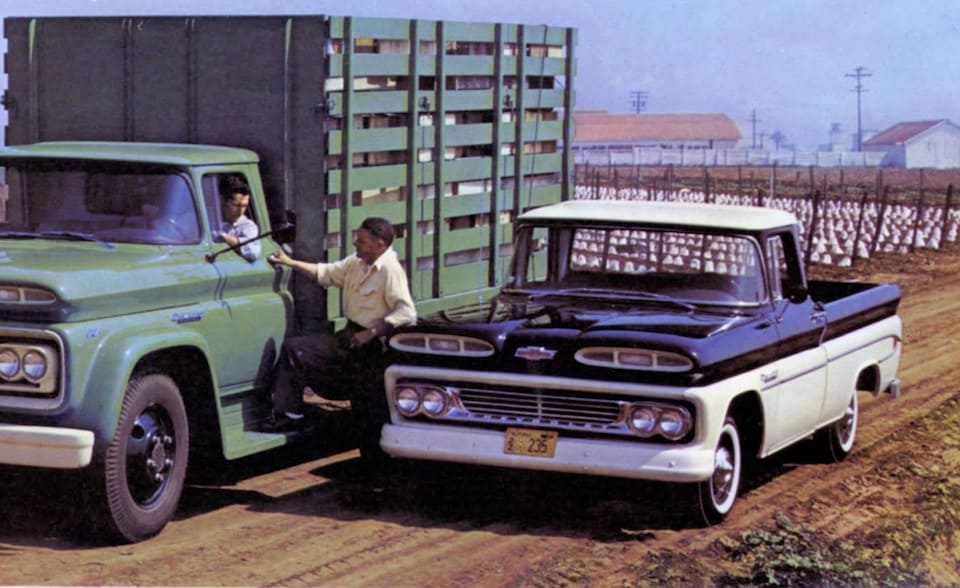
GMC brand trucks did not use the “C” designation, while their 4×4 versions used the “K”. The GMC model numbers for 1/2, 3/4, 1, and 1.5 ton were 1000, 1500, 2500, and 3000 respectively. For the years 1960, 1961, and 1962 the trim lines were base and custom.
A coil-spring front suspension came in 1963, along with a new base engine, a 140 hp 230 cubic inch Inline 6, and an optional 165 hp 292 cubic inch Inline 6
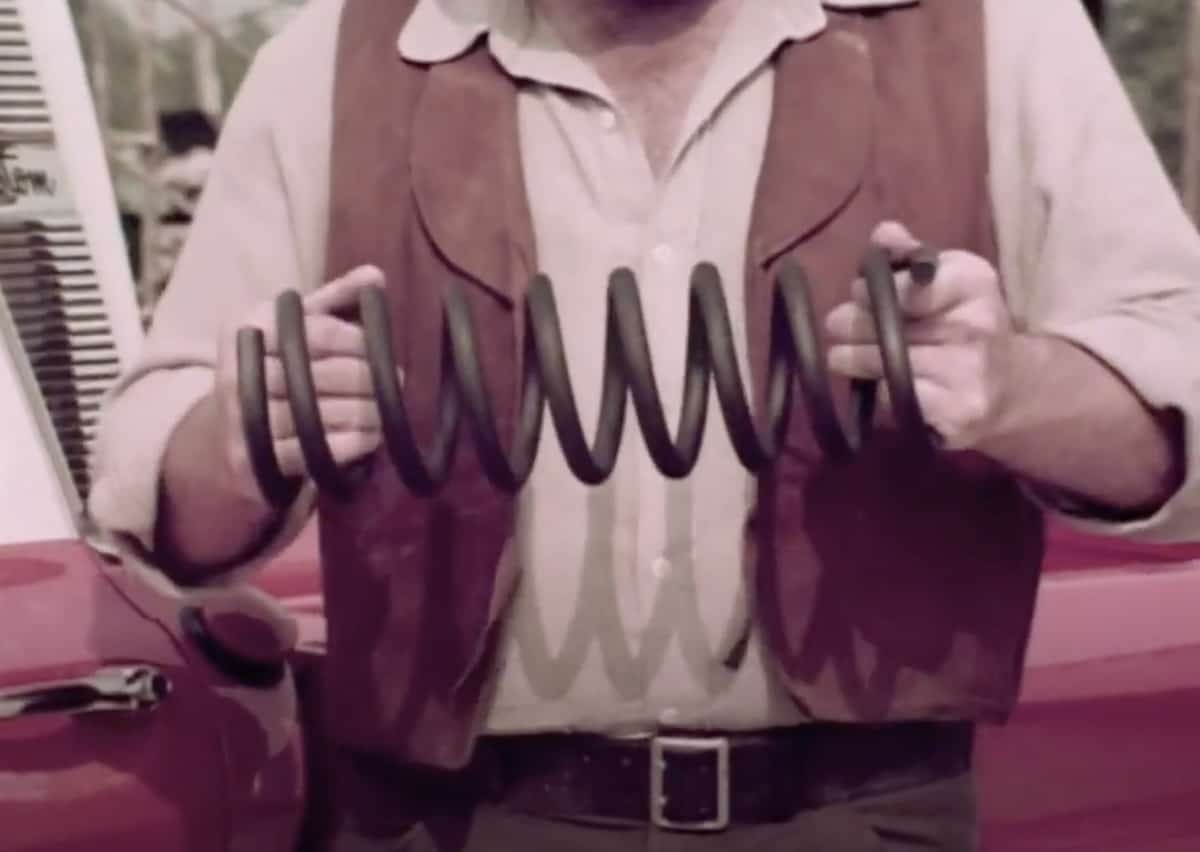
GM modified the cab in 1964 when they eliminated the wrap around windshield and added a new front grille design. They also made some interior changes, but kept the original body design. In 1965 GM added the air conditioning option along with a 220 hp 327cubic inch V8. In 1966 they added a new base engine with the 155 hp 250 cubic inch inline 6.

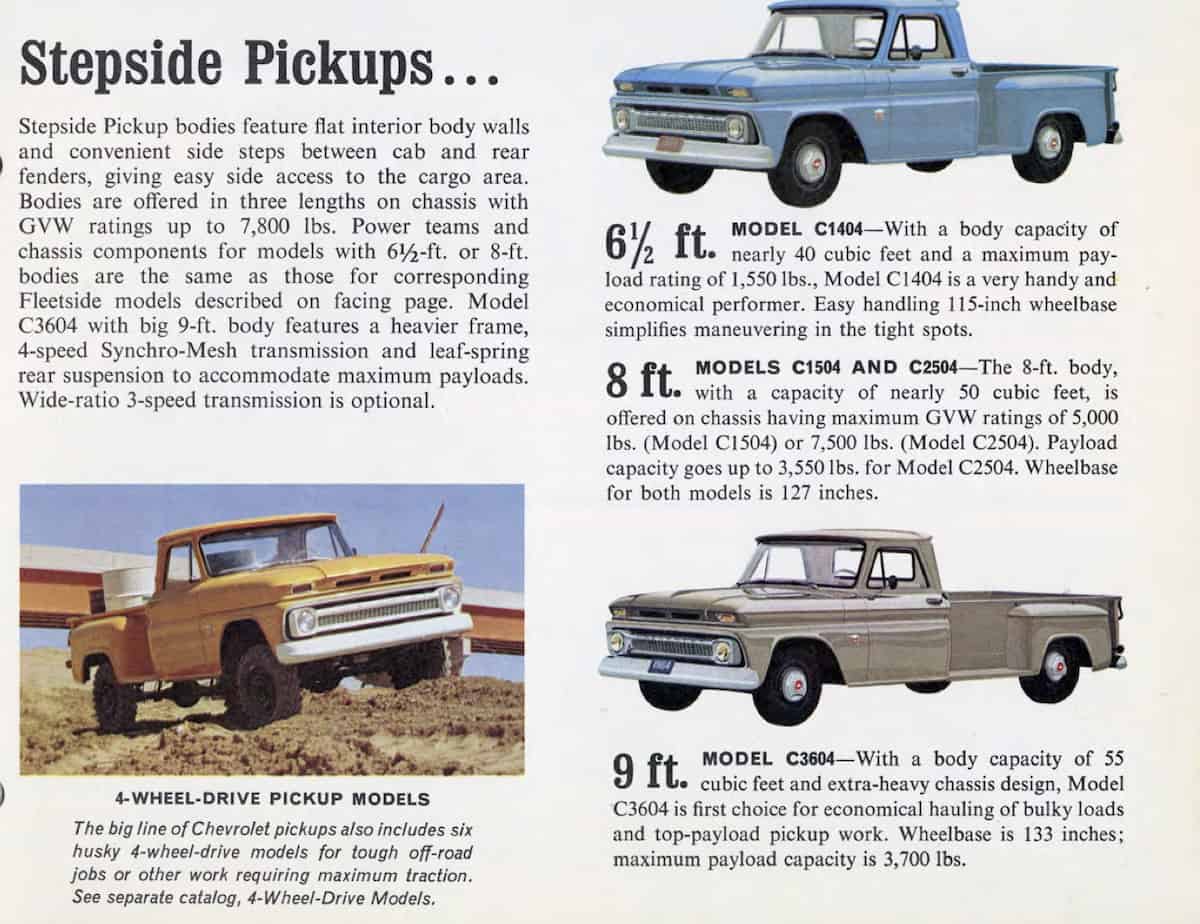
What Engines Were in 1960-66 Chevy C10s?
General Motors used eight different power plants in the first generation trucks. The GMC brand used a V6 as its standard engine for these same years.
| Year introduced | Cubic inches | Horsepower |
| 1960, 1961, 1962 | 305 V6 (GMC only) | 150 |
| 236 Inline 6 | 135 | |
| 261 Inline 6 | 150 | |
| 283 V8 | 185 | |
| 1963 | 230 Inline 6 | 140 |
| 292 Inline 6 | 165 | |
| 1964 | 327 V8 | 220 |
| 1966 | 250 Inline 6 | 155 |
General Motors used just three different transmissions for the model years 1960 to 1966:
| Type Transmission | Name of Transmission |
| Automatic | 2 speed powerglide |
| Standard | 3 speed synchromesh |
| Standard | 4 speed synchromesh |
While doing research for the production numbers I did not find any GM production numbers prior to 1965. The numbers I found for 1965 and 1966 were in the mid 400,000 range with varying opinions from different sources.
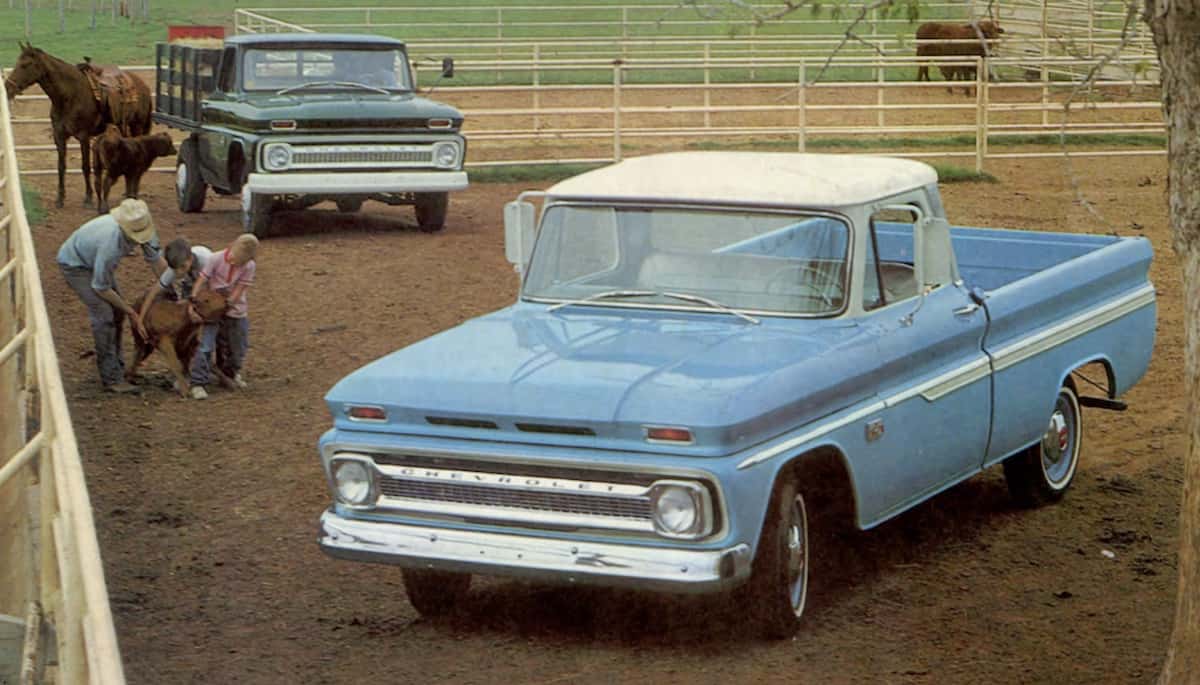
2nd Generation 1967 to 1972
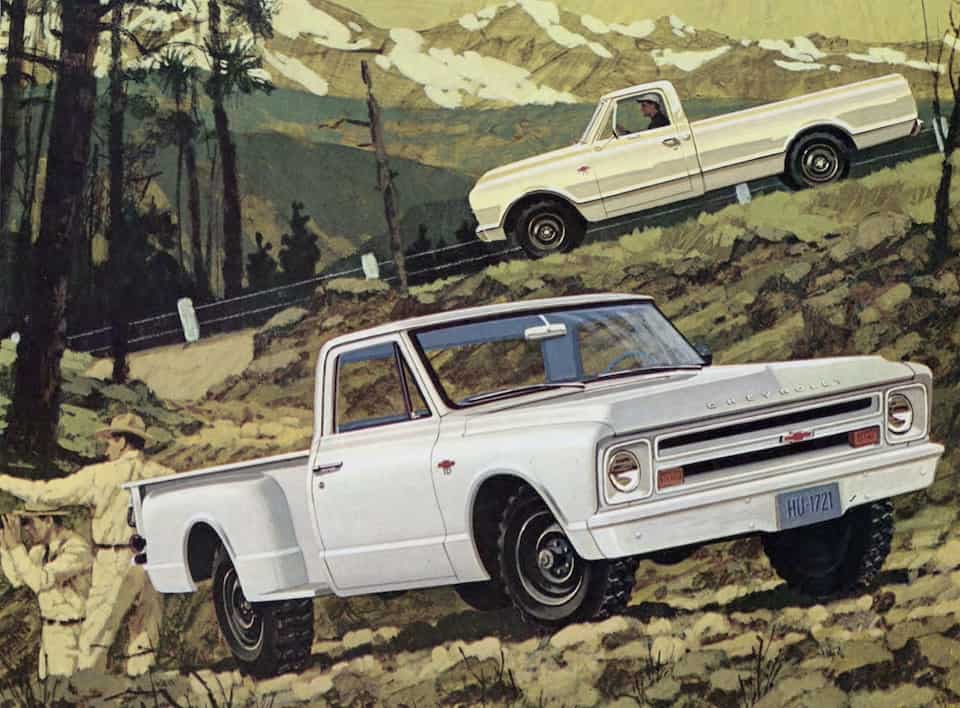
New designs for 1967
Starting in the model year 1967 General Motors introduced a whole new design of their truck line. This new line came with the nickname “Action Line“. This new C/K line of trucks had added modern conveniences to a truck that had previously been built for work purposes.
These new conveniences included coil spring rear suspension, with leaf spring suspension still available if you preferred. All of the two wheel drive trucks came with independent front suspensions. The 1967 models came standard with the small rear window. They also came standard equipped with one of two engines, the 250 cubic inch Inline 6 or the 283 cubic inch V8 and the three speed manual transmission.
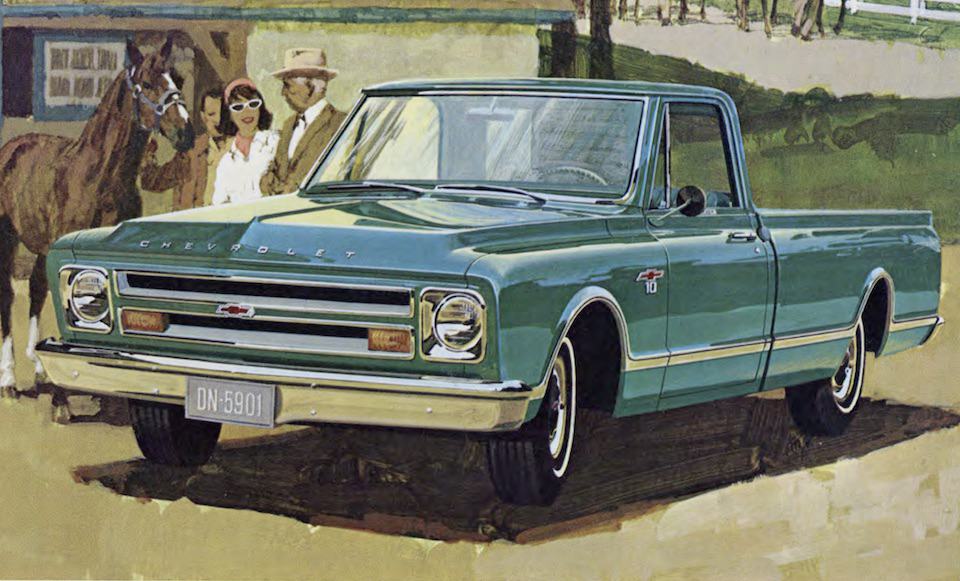
There were optional transmissions available that included a three speed overdrive (C10 only) and several 4 speed manuals. The list of options also included the 2 speed Power-glide automatic and the turbo-hydroamatic 350 and 400 automatic transmissions. There were several optional engines including the 292 Inline 6 and the 327 V8.
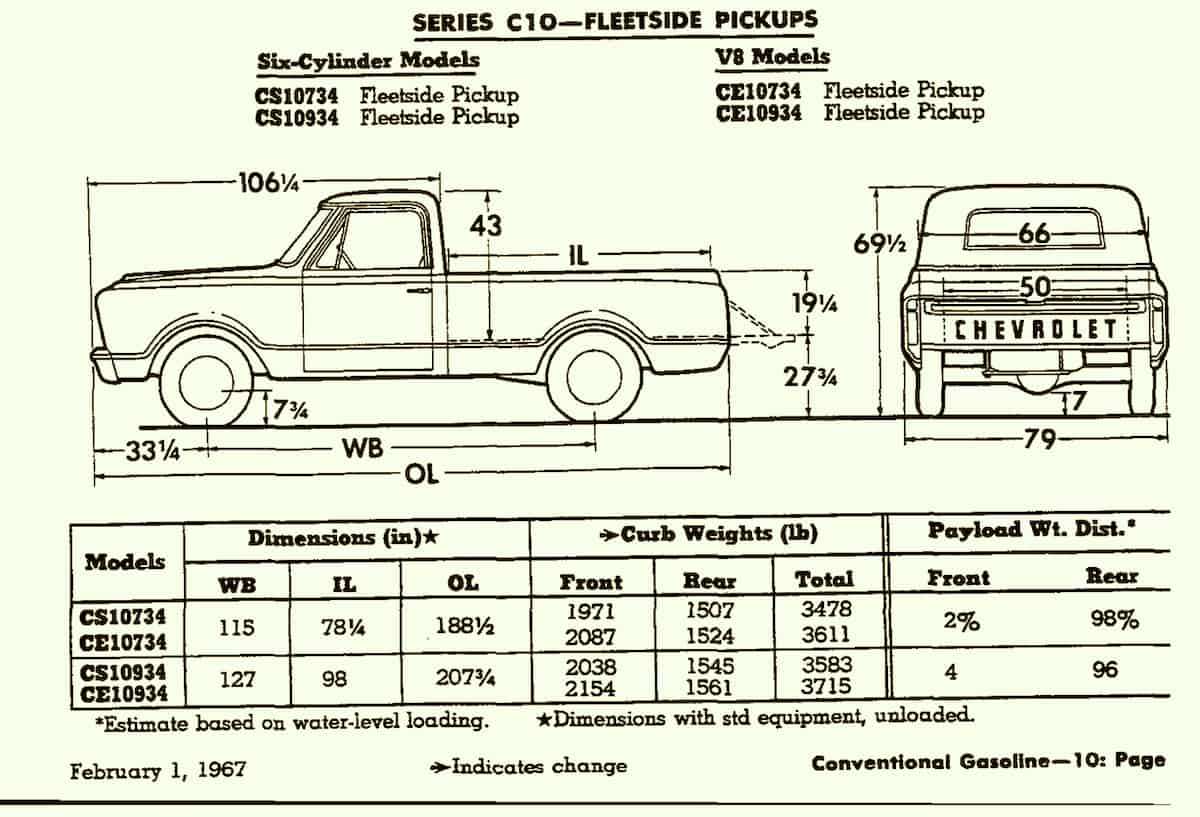
The biggest changes for 1968 were the additions of side-marker reflectors on all of the fenders and the small rear window was not available any longer. General Motors additions for 1968 included the 307 and 396 cubic inch V8’s, as well as the Longhorn pickup model on 3/4 ton trucks. This model featuring a 133-inch wheelbase which added an extra 6 inches to the overall length of the bed.
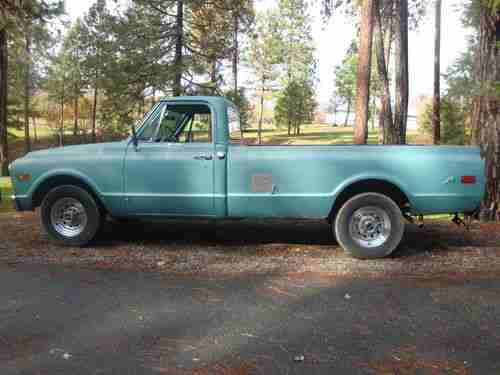
In 1969 the popular 327 V8 was replaced with the 350 cubic inch V8 that was rated at 255 horse power. This year a new grille was introduced also along with a more upright hood for both the Chevrolet and GMC truck models. This is the year that they introduced the Blazer for Chevrolet and the Jimmy for GMC.
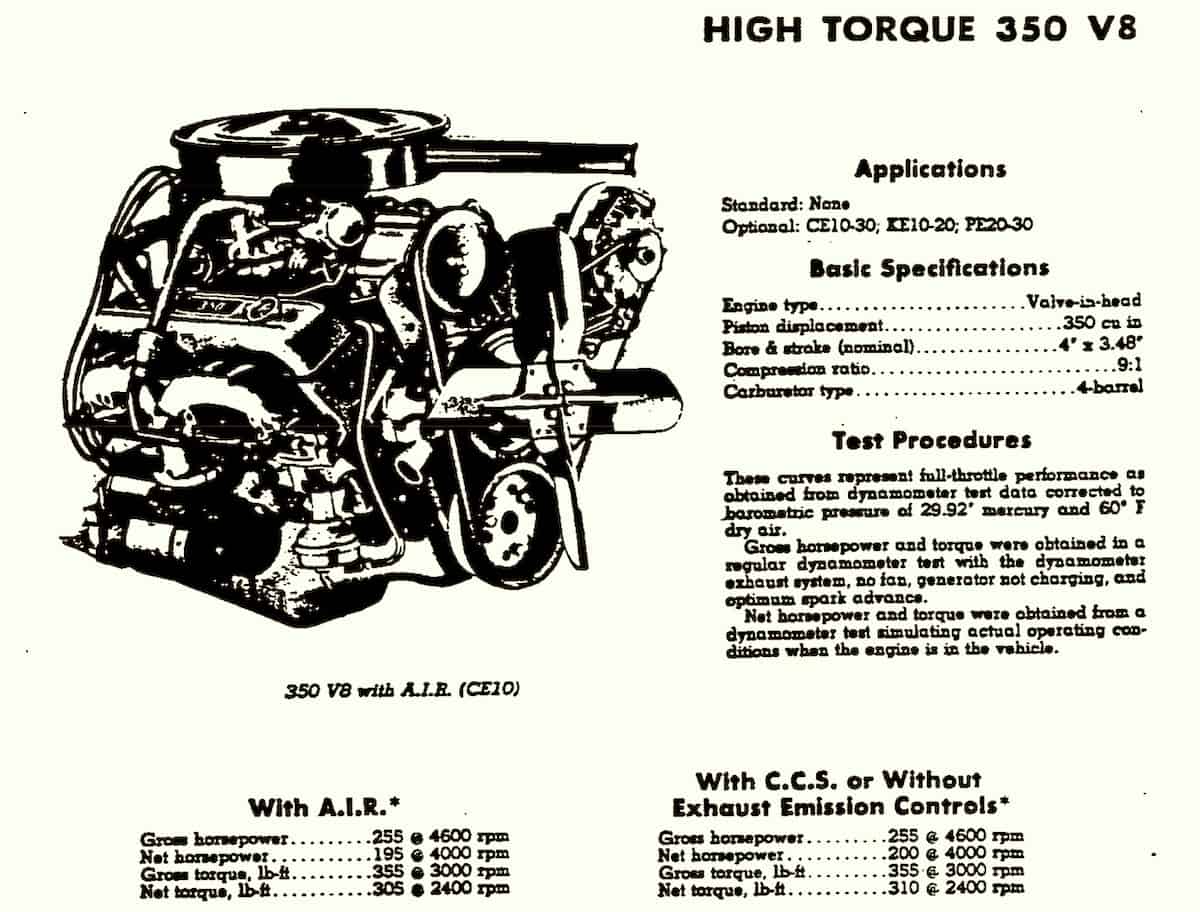
For 1970 the 396 was enlarged to 402 cubic inches but was still called the 396. Also Chevrolet made a minor change to their grille but it still looked much like the 1969 grille. The 1970‘s grille has plastic inserts that divide it into appearing like it has six separate sections.
1971 Chevy C10s Finally Get Factory Radios
There were many changes that came with the 1971 model year including a new grille design for the Chevrolet models, along with black paint over portions of the GMC grille. This was the year the Cheyenne trim package was announced which is equivalent to GMC’s Sierra trim package. This package included more insulation and padding along with better carpet, more chrome trim along with other trim accessories. This was also the first year that AM/FM radios were factory installed.
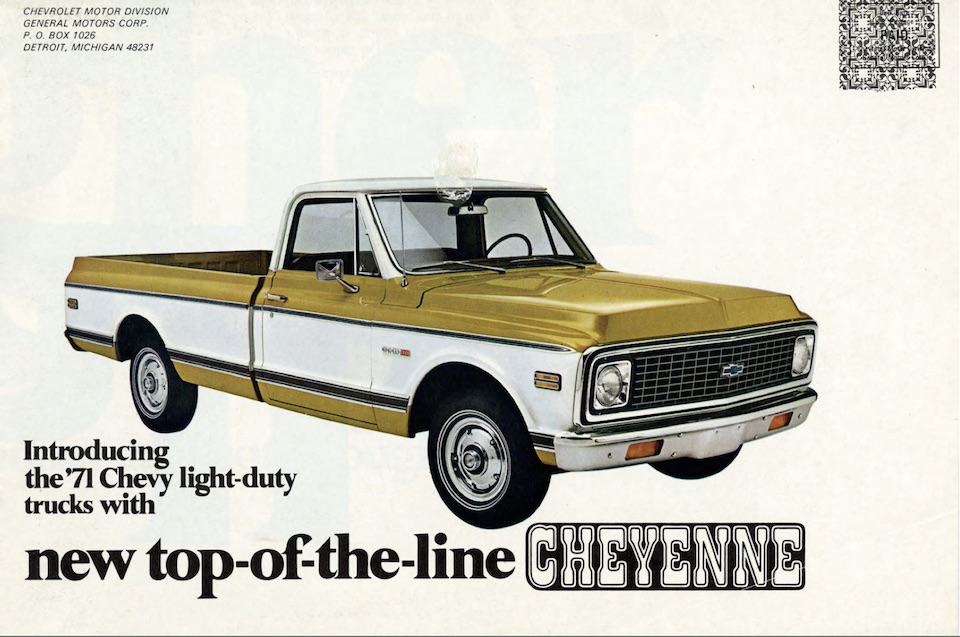
The 1972 models are not much different than the 1971 models with very few changes being made. The 1972 models have the rear view mirror glued to the windshield instead of bolted to the ceiling and all model levels have door panels that were molded plastic rather than the previous metal or vinyl covered panels.
General Motors used ten different engines and seven different transmissions to power their trucks during the second generation of trucks.
| Year | 1967 | 1968 | 1969 | 1970 | 1971 | 1972 |
| Inline 6 | 250 in. 292 in. | 250 in. 292 in. | 250 in. 292 in. | 250 in. 292 in. | 250 in. 292 in. | 250 in. 292 in. |
| V8 | 283 in. 327 in. | 307 in. 327 in. 396 in. | 307 in. 350 in. 396 in. | 307 in. 350 in. 396 in. | 307 in. 350 in. 402 in. | 307 in. 350 in. 402 in. |
| V6 (GMC only) | 305 in. 351 in. | 305 in. 351 in. | 305 in. 351 in. |
| Transmission | Automatic | Standard |
| 3 Speed Manual | ||
| 4 Speed Muncie SM420 | ||
| 4 Speed Muncie SM465 | ||
| 2 Speed Powerglide | ||
| 3 Speed THM 350 | ||
| 3 Speed THM 400 |
Here are the production numbers for just the Chevrolet C10 models taken from Hemings. The GMC model trucks are not included in these totals as they didn’t have a breakdown between models:
| 1967 | 275,488 |
| 1968 | 315723 |
| 1969 | 389770 |
| 1970 | 328269 |
| 1971 | 265788 |
| 1972 | 342599 |
Here are the trim levels offered for the second generation of trucks.
| Years | Base levels | Mid levels | High level | Top level |
| 1967-70 | Standard | Custom | CST (custom sport truck) | |
| 1971 | Custom | Custom deluxe | Cheyenne | |
| 1971-72 | Custom | Custom deluxe | Cheyenne | Cheyenne Super |
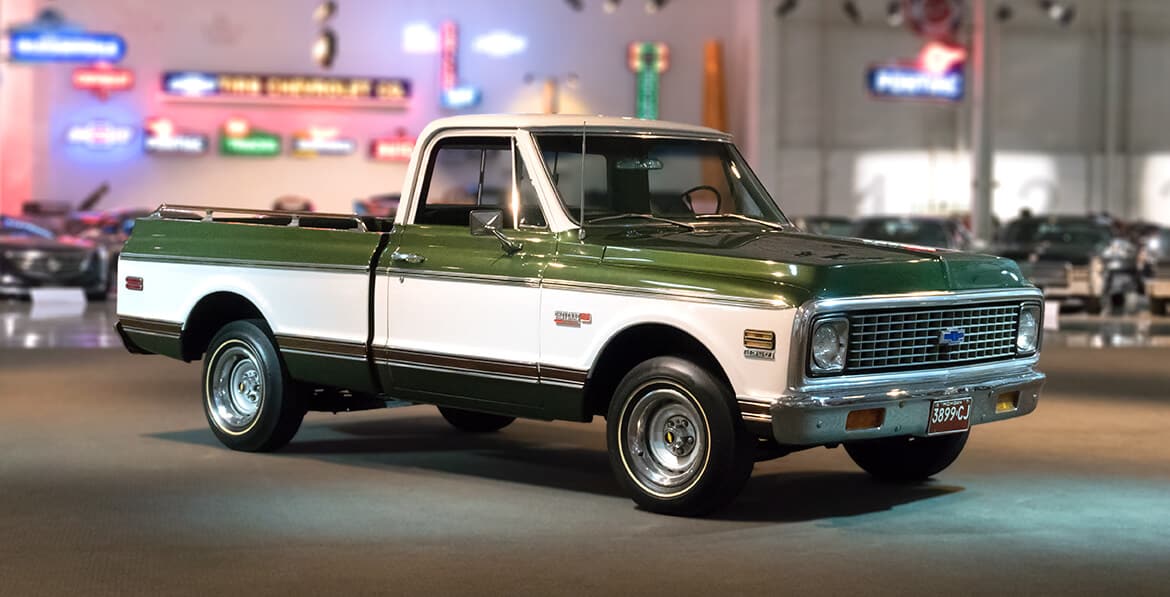
3rd Generation 1973 to 1987
The square body takes over
General Motors Corporation unveiled an all new design of the C/K series pickups for the 1973 model year. The new design was revolutionary in its appearance for the time with its complete new body look. This new Chevy and GM truck didn’t look like anything that had ever been built in Detroit.

These trucks have tons of devoted fans. They are extremely popular as restoration and project trucks and are some of the most eye-catching vehicles at car shows.
It was the sloping hood and rectangular look of the front end of the truck that gave it the square body name. This new design included rounded windshield corners, rounded off cab corners, slanted front fenders, and the pickup box even had rounded corners which allowed for tail lamps that wrap around the corners.
This third generation series offered two types of pickup boxes to choose from. The full width pickup box was called the Fleetside by Chevrolet and the Wideside by GMC. The second choice was a narrow width box that featured steps and exposed fenders with stand alone tail lamps. Chevrolets was called the Stepside and GMC’s was called the fenderside.
The base trim level for the 1973 and 1974 models was the Custom, with the mid range trims being the Custom Deluxe/Super Custom, the next up line was the Cheyenne/Sierra and the most luxurious model being the Cheyenne Super/Sierra Grande.
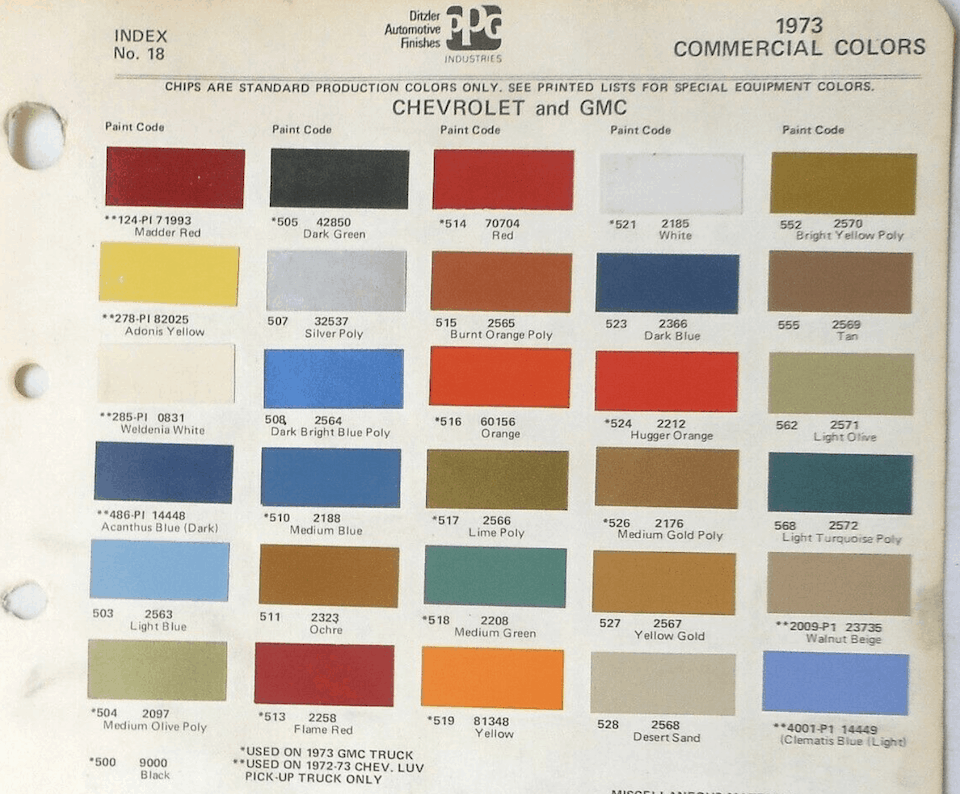
Beginning in the 1975 model year they revised the trim levels again. They kept this line up of models up until the 1987 models.
The square body model of trucks introduced new safety advancements for full sized pickups. The first was a standard passenger-side mirror and the second being a collapsable steering column. Also in 1976 they introduced the dual front and lap shoulder belts with emergency locking retractors.
For 1976 there were not any major changes, a new gauge showing voltage replaced the ammeter and the engine size decals were removed from the grille.
New tech: In 1977 power door locks and power windows were given as an option. New grilles were added and door trim panels had less exposed metal.
New, flatter dash trim panels came in 1978 that were aluminum looking on the higher trim models and black on the lower two trim models. Flatter hubcaps came on the base models while the gas tank was moved from the right side to the left side. The step-sides received new taillights and the rear fenders were smoothed out where the side markers used to be. Models that used to have exposed fuel caps were changed to have fuel doors to hide the fuel cap.
In 1979 a new grille surround that had the turn signals in it was incorporated. This model year was when all of the models got fuel doors added.
For the model year 1980, high trim Chevys received a new front surround that had near flush headlights and new turn signals with a squarer grill pattern than the old model. The GMC base models were an entire carryover from the previous model year.
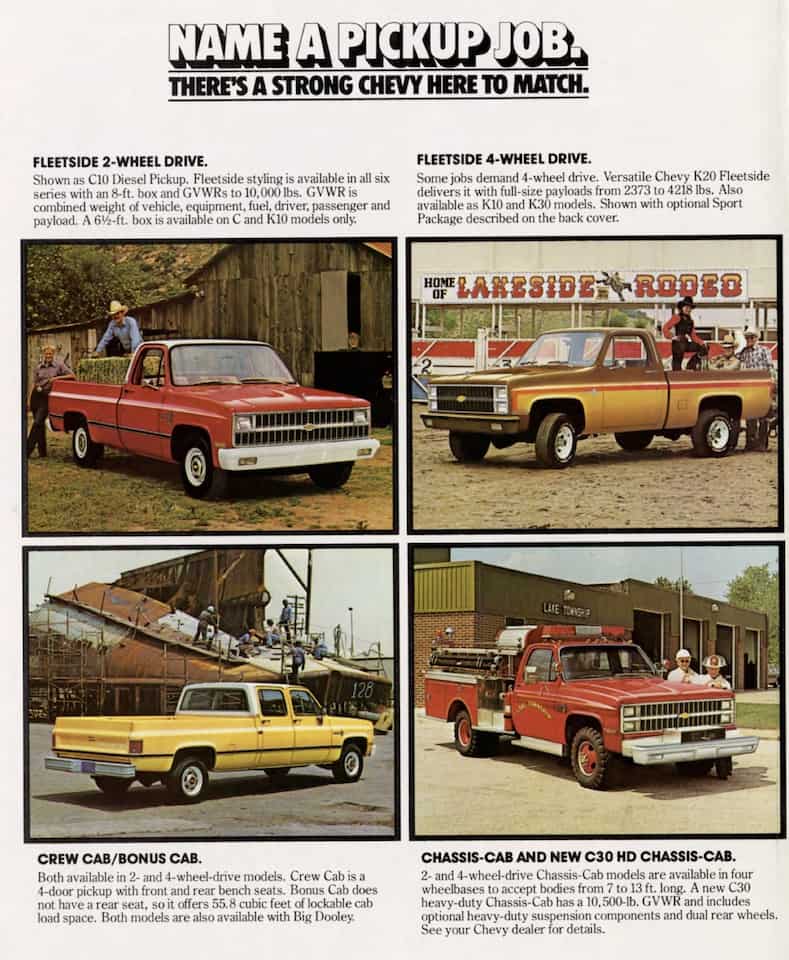
In the year 1981 a cosmetic facelift was introduced in response to the 1979 energy crisis. This rework featured some new fuel saving changes to make these model trucks more fuel efficient. They reshaped the front end to be more aerodynamic with a ships bow look reducing wind flow drag. Drive train updates included the 305 cubic inch V8 that had electronic spark control. They offered the 350 V8 in California because the 305 V8 did not meet California’s emission control standards.
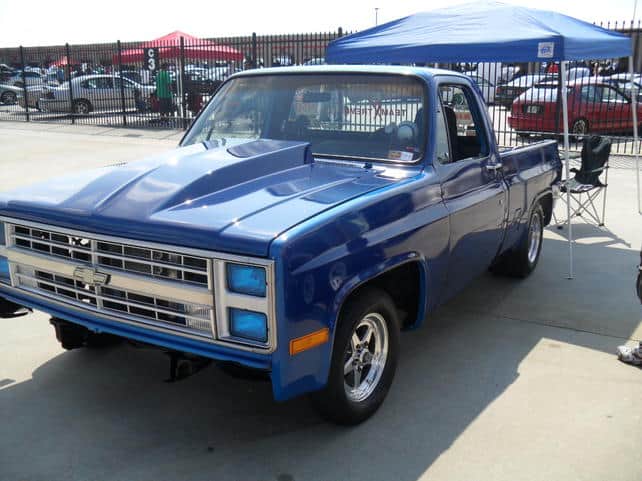
For 1982 a new four-speed turbo-hydra-matic transmission called the 700R4 was added. This transmission included an overdrive gear for freeway type driving. They also introduced the 151 hp 379 cubic inch V8 Detroit Diesel that replaced the Oldsmobile diesel which had been an option on two wheel drive 1/2 ton models since 1978. All models now included chrome bumpers.
For 1985 the all new 262 cubic inch inline 6, that had a Rochester carburetor, replaced the 250 cubic inch engine which was eventually phased out in 1990. This year had hydraulic clutches introduced along with a new grille.
The most expensive radio option was the AM/FM stereo with seek/scan for $594.
The final year of the conventional C10 pickup
The 1987 model year was the last model year for the conventional cab pickups. The Rounded-Line C/K-Series were renamed the R/V-Series. R-Series would now designate the two-wheel drive, while V-Series would designate the four-wheel drive. The name change can also be found in the vehicle identification number. This was in preparing for the next generation GMT400 trucks.
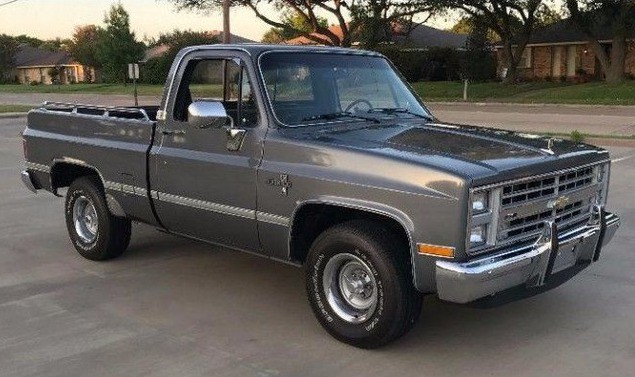
Lots of other improvements came along with the name change for the final year of the conventional pickups. Throttle body fuel injection with new electronic fuel pumps, power module control was introduced which controlled the fuel injection system, fuel to air burn ratio, engine ignition timing, and if equipped with an automatic transmission the turbine torque converter clutch.
General Motors had a lot of different engine and transmission options during the run of the third generation models. Here is a list of every engine and transmission that was available:
| Engine type | Cubic inches | Horsepower |
| Gasoline | 250 Inline 6 | 120 |
| Gasoline | 292 Inline 6 | 115 |
| Gasoline | 262 V6 | 160 |
| Gasoline | 305 V8 | 130 to 170 |
| Gasoline | 350 V8 | 165 to 185 |
| Gasoline | 400 V8 | 185 |
| Gasoline | 454 V8 | 210 to 230 |
| Diesel | 350 Olds V8 | 125 |
| Diesel | 379 Detroit V8 | 130 to 148 |
| Transmissions | Automatic | Standard |
| Turbo Hydra-matic 350 3 speed | 3 speed saginaw | |
| Turbo Hydra-matic 400 3 speed | 4 speed saginaw | |
| Turbo -hydra-matic 700R4 4 speed | 4 speed new process |
I did a lot of searching and couldn’t come up with production numbers that I am comfortable printing as I cannot verify if they are correct. The numbers I found from different forums varied from 600,000 to 750,000 for the year 1975. Somewhere GM has the real numbers.
Fourth Generation 1988 to 2002
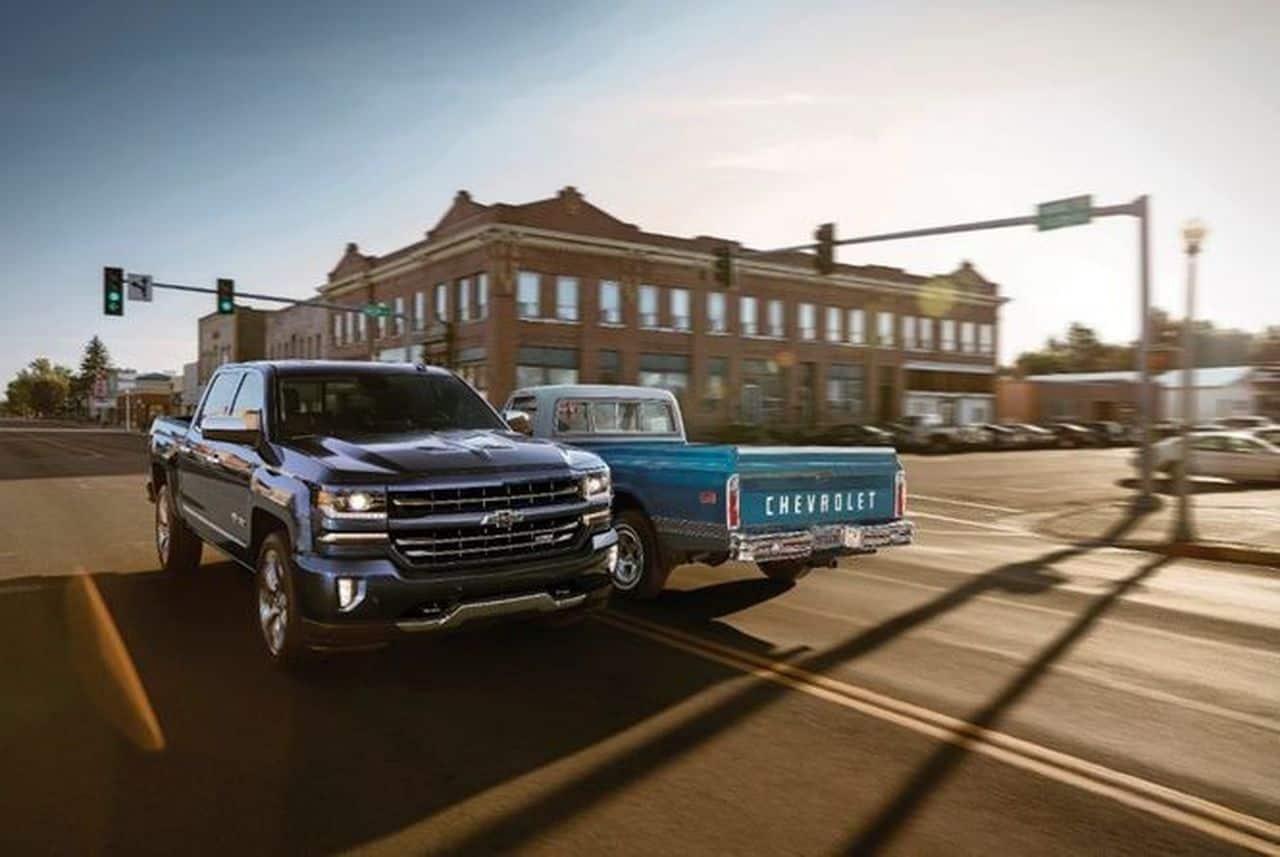
For the fourth generation, the true Chevy C10 came to an end and all models of the GMC full-sized truck were known as the GMC Sierra. Meanwhile for Chevrolet the name changed to the 1500, 2500, and 3500.
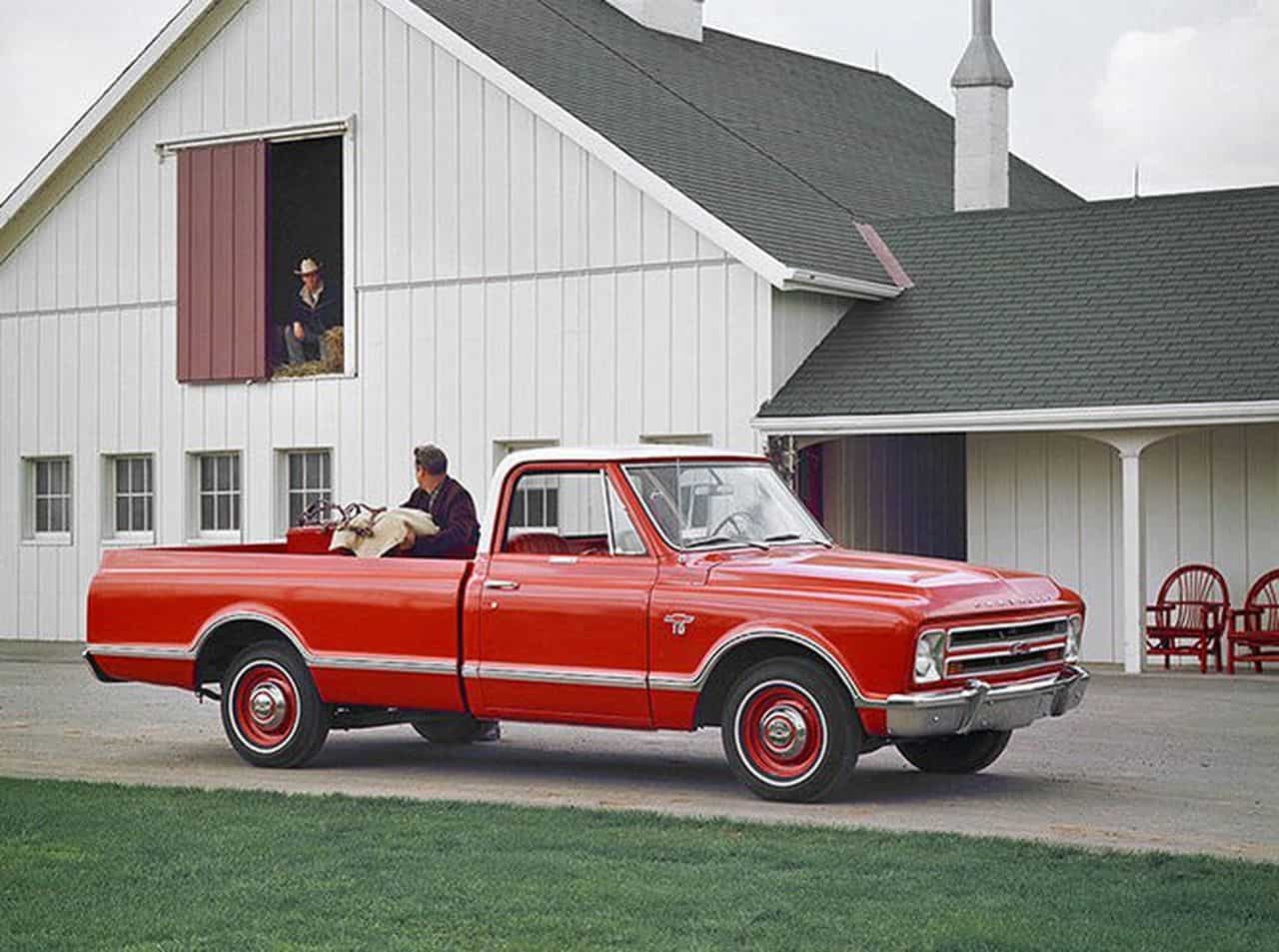
Final Thoughts
The C10 is an amazing truck with over forty years of production in its four generations. Whether reliving good memories or making new ones, the C10 is a classic that is loved by every generation.
There are millions of these iconic Chevy trucks still on the road today with thousands more waiting for someone to restore them. Within five miles of where I live there are quite a few of them sitting around waiting for someone to start their project truck. Happy Trucking!
The Toolbox
If you’ve ever had a standard socket break on you, you know it can be pretty dangerous. Here is a nice impact set from Amazon that will be delivered to your door.
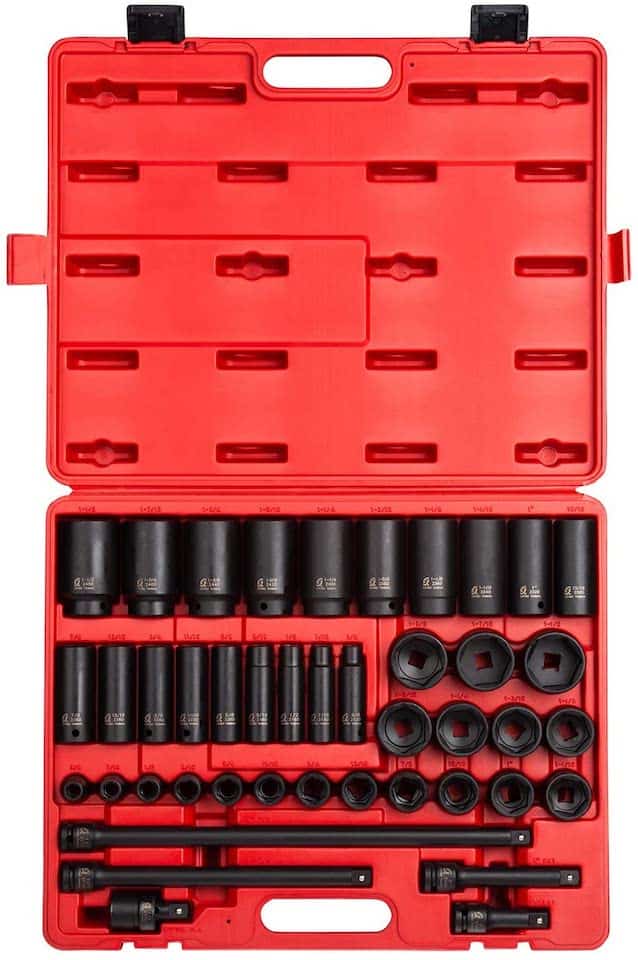
This set of Gearwrench ratcheting end wrenches is on my wish list.
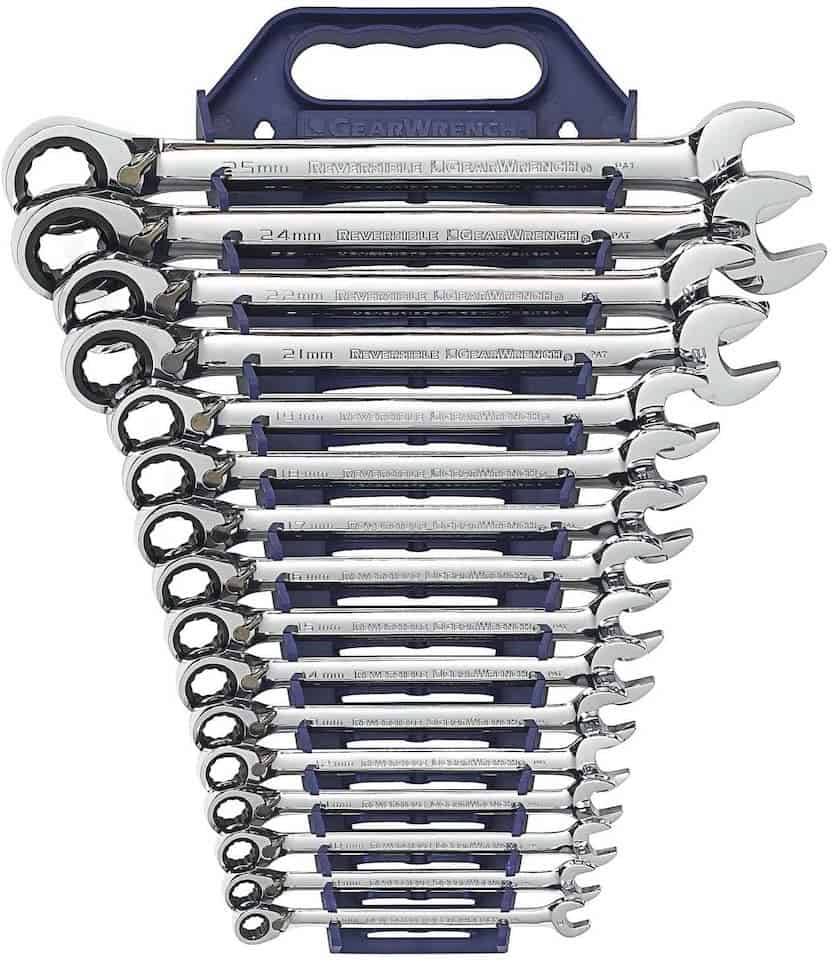
Related Topics
Did Studebaker company make pickup trucks? Yes they made the Champ model. Introduced in 1960 the Champ used a chassis and cargo box from half- and three-quarter-ton models used since 1949. The Champ was the first new model from Studebaker in a decade. Engineers were strapped with limited budgets due to slumping sales. The truck cab was modeled off of Studebaker’s Lark car model.
Read about the history of the Ford F-100
sources: wikipedia, 67-72chevytrucks.com, GM Heritage Center, chevytrucklegends.com, chevrolet pressroom


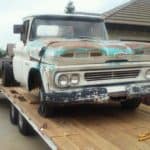
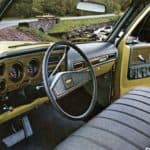
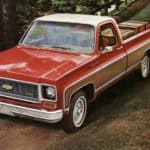
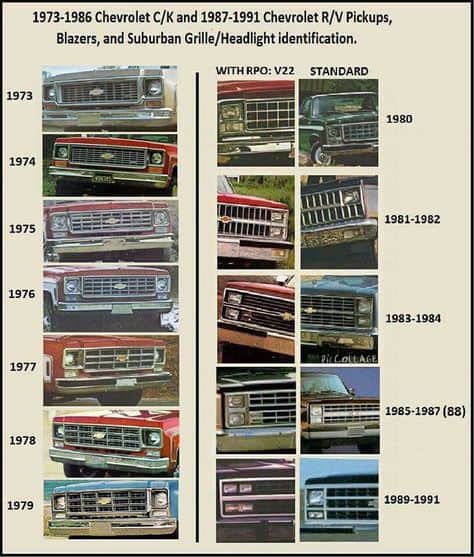
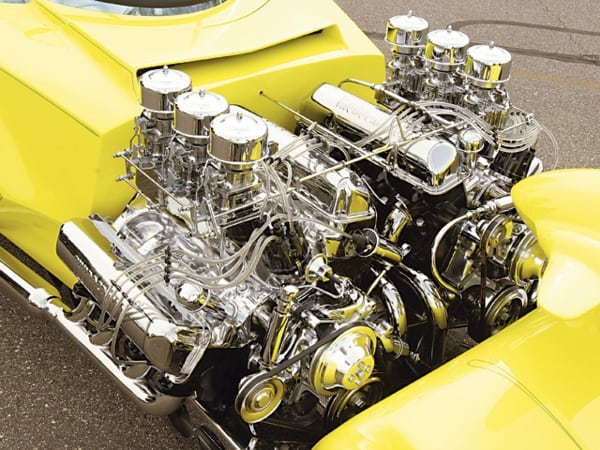
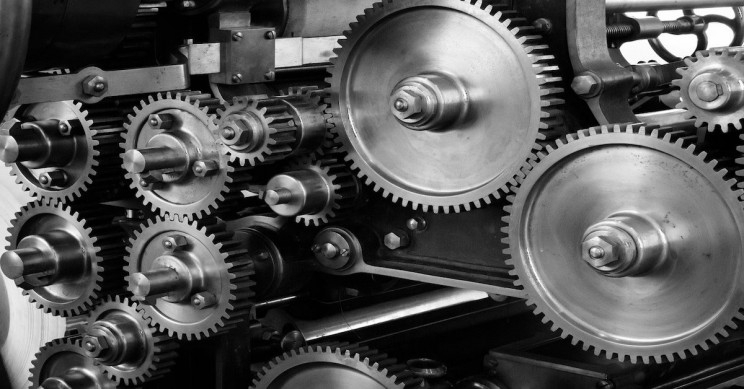

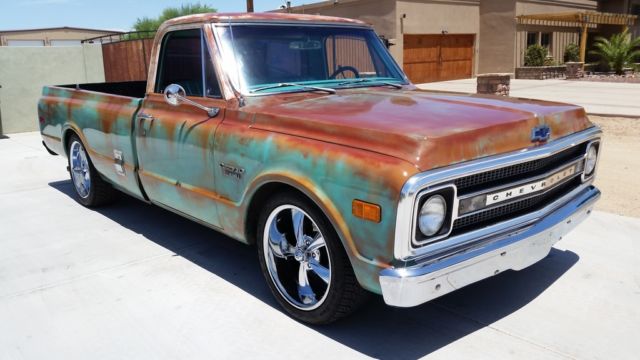
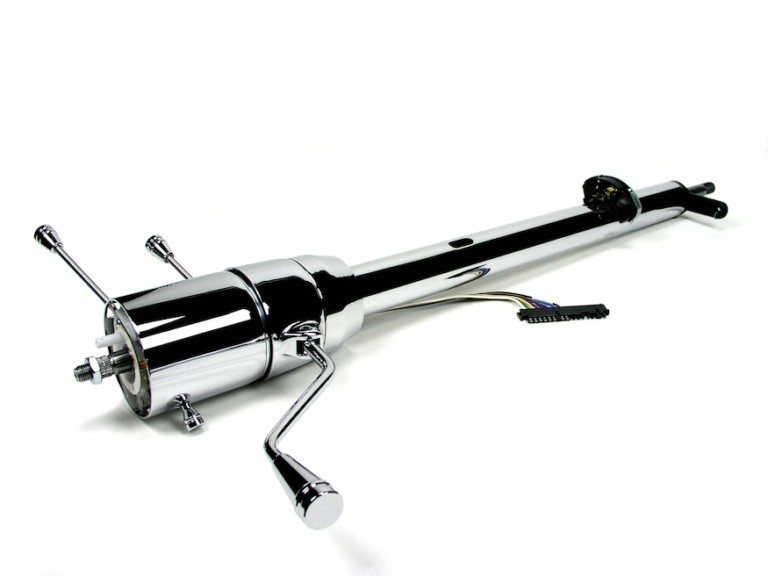
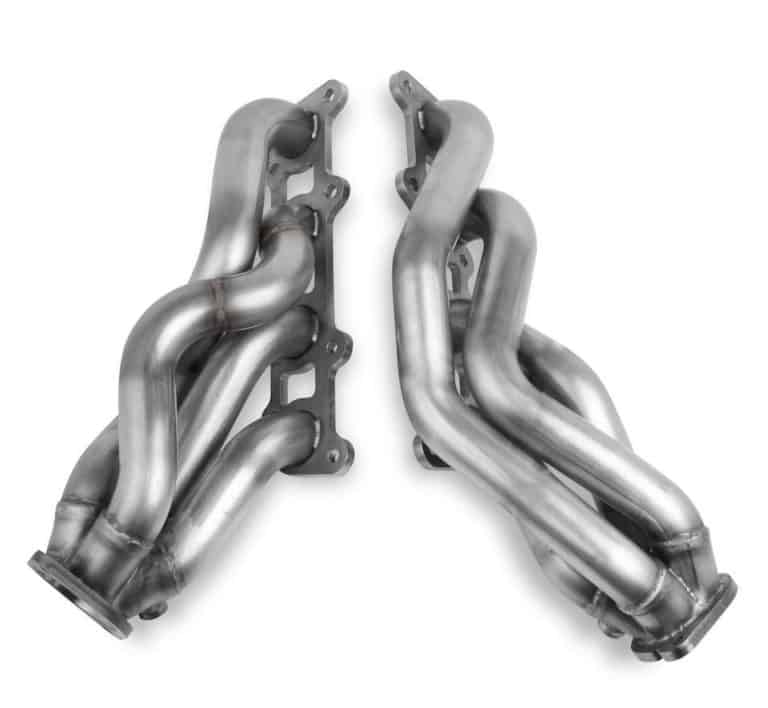
3 Comments
Comments are closed.